Sell Private Label Products on Amazon FBA: The Ultimate Playbook
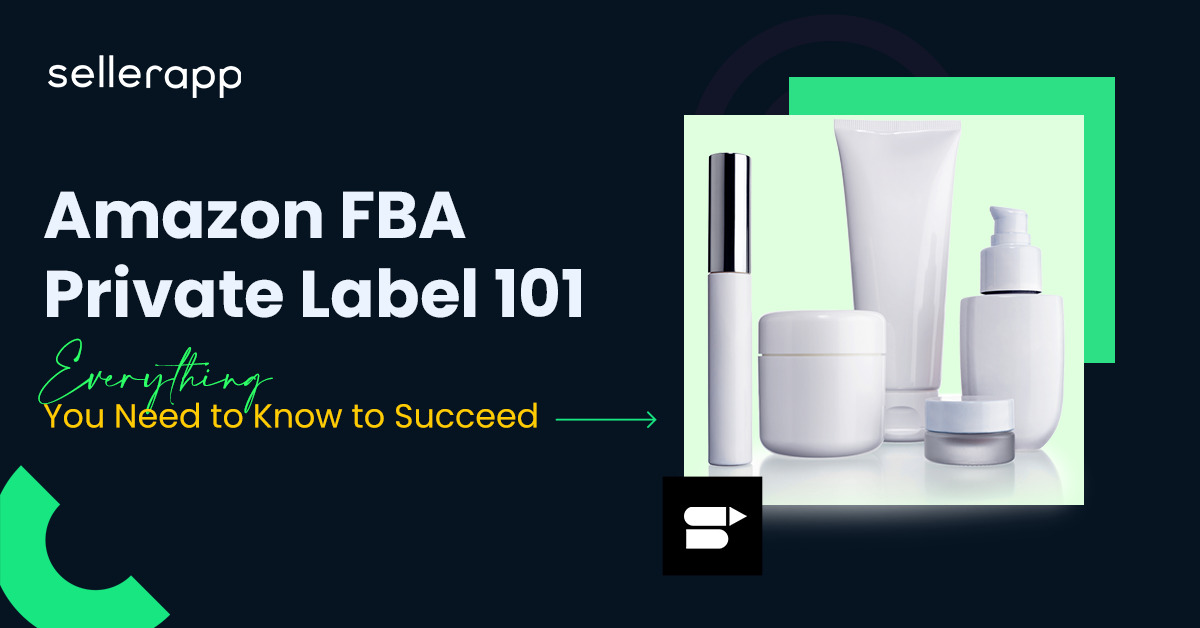
Are you willing to start your own online business without breaking the bank?
It’s could be easier than you think. Many entrepreneurs like you have created successful online businesses by selling private label products on Amazon.
In this business model, sellers usually create their own brands and sell products sourced from third-party manufacturers.
Sounds simple, right?
Well, it is. And it’s also highly profitable.
According to the private label Manufacturers Association report, the private label market grew by 11.2% in 2022, reaching $228.6 billion in sales across all channels. And nearly one out of every five grocery products sold in the US is a private label or store brand product.
But how do you get started with Amazon FBA private label?
In this ultimate guide, you’ll learn everything about finding and sourcing profitable products, creating your brand, and launching products on Amazon.
By the end of this post, you’ll have a clear roadmap to start and grow your own Amazon FBA private label business.
Ready? Let’s dive in.
Here is a quick peek into the article:
- What is Amazon FBA private label?
- Why should you sell private label products on Amazon
- Drawbacks for Amazon FBA private label
- Steps to Sell a private label product
- Do product research
- Find a reliable manufacturer
- Create an Amazon listing
- Focus on creating a brand
- Set competitive price
- Choose a fulfillment method
- Launch your product
- Final Thought
What is Amazon FBA private label?
Before we get into the details of how to sell Amazon FBA private label products, let’s first understand what it means.
In a private label business, sellers usually sell products sourced from third-party manufacturers under their own brand.
With private labels, sellers have complete control of the product. They can customize it with unique brand logos, packaging, and labels. Additionally, they can control the products’ pricing, marketing, and advertising activities.
On the other hand, Amazon FBA stands for Fulfillment by Amazon. In this solution, Amazon handles the entire fulfillment process. This means sellers don’t have to worry about storing, packing, shipping, or customer service. They just send products to Amazon’s warehouses, and Amazon takes care of the rest.
The combination of Amazon FBA and private labels offers significant advantages for online sellers. They can access millions of customers and benefit from the trust and credibility that Amazon has built over the years.
Along with that, Amazon FBA private label also enables them to build their brand and differentiate themselves from competitors. In short, Amazon FBA private label is a great way to start an online business with low risk and high reward.
Why should you sell private label products on Amazon?
Now, you may wonder, is it even worth going through so much hassle to create a private label brand?
However, if you do, some excellent benefits await you. Given below are some of them:
You own your brand
You own your private label brand 100%. That means you can make all business decisions independently, unlike in arbitrage or wholesale, where you would have to make decisions based on the brands’ product you resell.
Once you find a reliable supplier for your private label product, just focus on marketing and providing excellent customer service to strengthen your brand and customer loyalty.
It gives long-term momentum to your profits and ensures business stability.
There are no brand restrictions
If you intend to resell items from other brands, Amazon may limit you under its Brand Gating feature for counterfeit management. You must have explicit approval from these brands to sell their products.
On the other hand, selling private label products is simple. Since you sell items under your own brand name, you don’t have to get approval from anybody.
You get more opportunities on Amazon.
If you sell private label products under your own brand on Amazon, many opportunities open up for you. These include access to Brand Registry, Sponsored Brands, Amazon Storefront, Amazon Live, Virtual Bundles, Amazon Attribution, Amazon Brand Analytics, and more.
Leveraging these options effectively helps you reach your target audience more efficiently, gauge product performance, and enhance the conversion rates of your products.
You can customize your products
You can pinpoint areas of potential improvement by analyzing frequently asked questions and reviews on your and your competitor’s products and implementing modifications to your products based on these opportunities.
It puts you ahead of your competition and helps you create an excellent product.
Related Post: Why are reviews important for your business?
Boost profit margins
Since you’re sourcing your products directly from a manufacturer or supplier, you have control over the CoGS (Costs of Goods Sold). You can negotiate the best prices and terms and avoid paying any middlemen fees or commissions.
Also, you can choose to control your pricing strategy and charge higher prices for your products based on their perceived value and quality.
All of this helps you boost the profit margin compared to retail arbitrage or whole selling.
Get more conversions using A+ content.
If you sell private label products on Amazon, take full advantage of A+ content or enhanced brand content to improve your brand awareness and grow sales.
A+ content allows you to provide additional information about your product to potential buyers and persuade them to make a purchase. In fact, Amazon acknowledges that it can boost sales by an average of 5.6% (source).
Learn more about it from this Amazon A+ Content detailed guide.
Easily win the buy box
The Buy Box is located on the right side of the product page, where customers can click on it to buy the product.
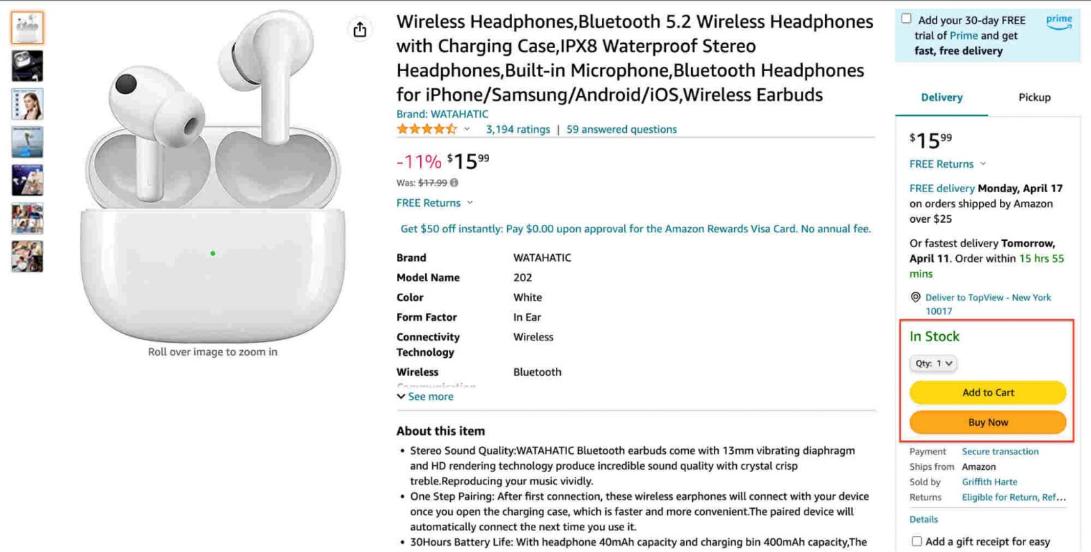
And it is crucial for increasing sales and visibility on Amazon, as 82% of sales are made from the Buy Box.
Now, resellers usually have to compete with other sellers to win the buy box.
But private label brand owners don’t need to worry about that. They can right away win the Buy Box since they are the only seller. It can boost conversion rate and revenue.
Control your listing
You have complete control over your product listing with your private label brand. You can also offer a diverse range of products that cater to varying consumer demographics and improve your business’s bottom line.
In addition, optimizing the listing content, including images, description, keywords, A+ content, and prices, becomes easy.
If you were to resell someone else’s product, all of these would have been impossible.
Some drawbacks of Amazon FBA private label products
While selling Amazon FBA private label products has many benefits, it also has some flaws you should be aware of. Here are some of them:
It needs higher investment
Unlike reselling products, where you can buy low and sell high, selling private label products requires a more upfront investment. Most manufacturers need you to order products in bulk to start working with you. You must also pay for branding, packaging, labeling, shipping, marketing, and more.
It means you need enough capital and cash flow to start and run your private label business.
Unmonitored quality control
Since you source products from a third-party manufacturer, it’s impossible to check the quality and safety of the products. However, customers don’t know that. If they receive a bad product, it hurts your brand reputation and reduces customer loyalty. The product listing also gets affected by bad product reviews, further reducing sales.
Related Post: Websites for Amazon sellers to Find Private Label Product Ideas
It takes more time and effort
Selling private-label products is not a get-rich-quick scheme.
It takes time and effort to find and source profitable products, create a brand, launch, and market products, manage inventory and orders, and much more.
You also have to constantly monitor the competitors and customer feedback and adjust strategies accordingly.
As you can see, selling Amazon FBA private label products is not a walk in the park. It has its own challenges and drawbacks that you need to consider before jumping in.
But don’t let that discourage you.
If you do it right, selling Amazon FBA private label products can be a rewarding and profitable business model.
In the next section, we’ll show you how to do it right.
How to create an Amazon private label?
Now that you know what Amazon FBA private label is and why you should sell it, let’s get into the details of how to create your own private label brand on Amazon.
Here’s a step-by-step guide to creating Amazon private label products:
Do product research
The success of a private label business hinges on selecting the right product.
While numerous products in a category hold promise, opt for those that are ‘proven to sell well’ instead of what you ‘think’ will sell. There’s a difference.
Try to identify a few potential products based on the following attributes:
- Small and lightweight: The product should fit into a small, flat-rate box (8 11/16″ x 5 7/16″ x 1 3/4″) and weigh no more than one or two pounds. This saves you shipping costs from the manufacturer and Amazon FBA.
- Non-seasonal: The product should have year-round demand to avoid accumulating dead inventory. Steer clear of seasonal products such as Christmas lights, Valentine’s Day gifts, and winter clothing.
- Unregulated products: Avoid difficult-to-get-approval-for items such as foods, toys, and batteries. Focus on easy-to-manufacture products that don’t require multiple quality checks and paperwork.
- Uncomplicated products: Choose products with fewer complications. For example, if you sell electronics products, it comes with the headache of customer service. Similarly, fashion products require you to source multiple variations, including different colors, materials, and sizes.
Once you identify a few potential products, do a little bit of research to determine whether these are worth selling or not. Here are some criteria to consider:
- The price ranges from $20 to $50
- A minimum of 300 monthly sales
- Low ratings of four stars or less room for product improvement
- The top ten products have fewer than 500 reviews
- A relatively low listing quality score reveals that competitors’ listings need improvement.
You can quickly check the listing quality of any product with SellerApp’s Listing Quality Checker tool.
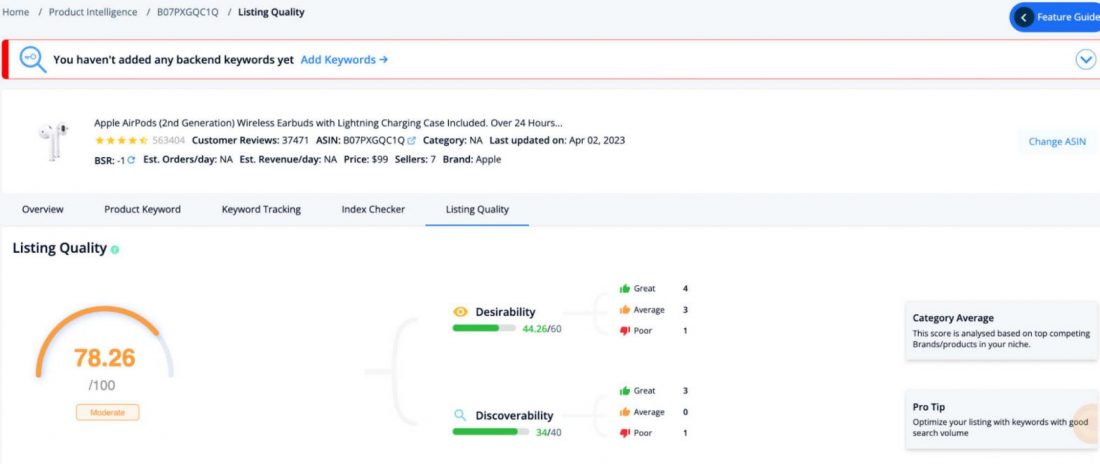
Find a reliable manufacturer
Once you have finalized the perfect product idea, the next step is to find a suitable manufacturer.
SellerApp Product Sourcing is a great tool for this.
Keep in mind that the cheapest manufacturer may not always be the best. Look at supplier reviews and focus on a price-to-quality balance to select the ideal manufacturer for your needs.
Additionally, check the supplier’s minimum order quantity and factor in the exchange rate if the manufacturer is located in a different country.
Lastly, identify 3-5 manufacturers, and email them requesting more information. Here are some questions you can ask:
- What’s the price per unit for the product if I order x number of units?
- Can I have a sample product shipped to my location? What will be the cost?
- What payment methods do you accept?
- Can you manufacture customized products, and what’s the cost of that?
Notice how your communication is going on. If the manufacturer replies promptly and is ready to meet halfway during the negotiation, go ahead with that manufacturer.
Note: Always ask for a product sample to examine product quality and design before ordering in bulk.
Create an Amazon listing
Once you select the manufacturer and place your initial order, it typically takes 4-6 weeks for the product to arrive. This window presents the ideal opportunity to craft a stellar Amazon product listing.
This involves arranging for professional product photography, devising a competitive pricing strategy, writing product descriptions, purchasing a UPC, and more.
The quality of your product listing can make or break your private label business.
Therefore, optimizing listing by conducting extensive keyword research to identify relevant high-volume and high-converting keywords is crucial.
Use the SellerApp Keyword Research tool to identify high-performing keywords from a seed and the SellerApp Reverse ASIN tool to identify relevant keywords from your competitors’ listings.
Incorporate these keywords into your product title, description, and bullet points to enhance the product’s visibility when shoppers search with related keywords.
Optimizing the product listing and strategically using relevant keywords can increase your chances of attracting potential customers and driving more sales.
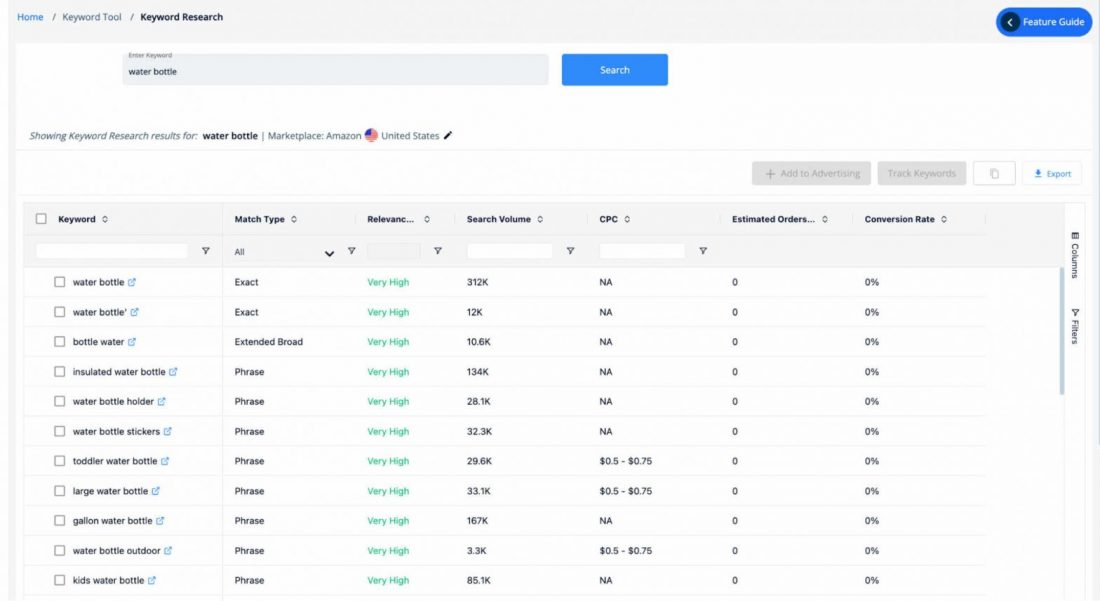
Learn more about it from this Amazon product listing optimization guide.
Focus on creating a brand
When it comes to private label products, branding takes center stage in setting your product apart from the competition.
To build a robust and memorable brand identity, do the following:
- Create a unique logo,
- Select brand colors, fonts, and design elements to accompany your products, listing, and product packaging,
- Make the product design a little different from the products existing in the market to stand out from the crowd.
- Finally, A/B tests several design options in a focus group and gathers feedback.
No matter how good the design is to you, it must resonate with the target audience.
Set competitive price
Most new sellers instinctually set a very low (or even the lowest) price point for their product to compete with established brands. But that’s a big mistake. Don’t set your private label product’s price based on your competitors’ pricing.
Instead, try to make the product stand out in other ways, either through better design, packaging, excellent marketing communication, or even through killer customer service.
Still, as a rule of thumb, try to keep your price point within 20% of your competitors’ average sales price.
For example, if you discover that “aluminum water bottles” are selling for around $20.00 on Amazon, try to keep your pricing within the range of $15 to $25.
Note: Always try to sell products between $20 and $50. Because if you sell something below $20, it can be challenging to turn a profit after adjusting the CoGS and advertising expenses.
On the other hand, if you go above $50, it becomes difficult to convert shoppers because of their value-based scrutiny.
Choose a fulfillment method
Knowing what to sell and how to source from a manufacturer is only half the battle. You still need to figure out how to deliver your product to your customers.
Amazon offers two fulfillment methods:
- Fulfillment by Merchant (FBM)
- Fulfillment by Amazon (FBA)
With FBM, you are responsible for shipping, returns, refunds, and customer service on your own or with the assistance of a third-party logistics company.
On the other hand, with FBA, you can send your goods to Amazon warehouses, and for an additional FBA fee, Amazon takes care of storage, packaging, shipping, customer service, returns, and refunds.
Furthermore, Amazon prioritizes FBA products on the Amazon search page over FBM. So clearly, choosing FBA when launching your first private label product is always preferable.
Learn more about the advantages and disadvantages of FBA and FBM from the detailed guide.
Prepare your inventory
When shipping units to Amazon’s fulfillment centers, preparing your inventory in compliance with the general requirements is essential.
Failure to comply may result in Amazon returning or repackaging your products at your expense.
One key requirement is that any FNSKU (Fulfillment Network Stock Keeping Unit) used on a unit must be unique and correspond to only one product.
Additionally, each unit must have an exterior scannable barcode or label that is easily accessible. Following are some of the barcode types for Amazon products.
- Manufacturer barcode: UPC, EAN, JAN, or ISBN;
- Amazon barcodes: For products without a manufacturer’s barcode or expiry date, along with dangerous products, children’s products, and other categories;
- Transparency authenticity codes: It’s to protect brand owners from counterfeiting.
Any pre-existing scannable barcodes on the outside of shipping boxes must be removed, covered, or rendered unscannable to prevent the incorrect barcode from being scanned during the receiving process.
Loose products or products without packaging, such as book sets, must be contained within a single, secure package. Sets must be clearly labeled, “Sold as set,” “Ready to ship,” or “This is a set. Do not separate.”
Poly-bagged units must meet specific requirements, such as a scannable barcode or label and a suffocation warning if the opening is more significant than 5 inches.
Boxed units must have six sides and openings or a lid that won’t easily open on its own. If the box can easily open, tape, glue, or staples must be used to keep it closed. Perforated boxes must pass a 3-foot drop test or be placed in a poly bag with a suffocation warning.
Finally, footwear must be packaged with no shoe material exposed, either in shoe boxes or in poly bags, with a suffocation warning. Highly scented products must be sealed or bagged to prevent the absorption of the scent into other products.
Launch your product
At last, the final step is to launch your product on Amazon and start selling.
However, it’s not as simple as creating a listing and waiting for sales. You need to have a product launch and promotion strategy to generate initial awareness about the product and get traffic and conversion.
Some of the product promotion strategies are:
- Run PPC ads on Amazon: Use Amazon’s advertising solution to display your product ads in relevant places.
- Run external ads on Instagram or Google: Since Gen-Z shops primarily on social media platforms like Instagram, run paid ads on these platforms to drive external traffic to your Amazon listing.
- Do Influencer Marketing: Collaborate with micro-influencers to promote products to their audiences. It yields the most ROI for building brand awareness and conversion.
- Launch a giveaway or lightning deal: Offer your product for free or at a reduced price for a limited time to generate more buzz and conversion.
Read more about product launches from this detailed Product Launch Checklist.
Final Thoughts
In conclusion, launching a successful private-label product on Amazon requires much effort, research, and planning. Ultimately it all comes down to marketing – creating a brand and positioning it correctly with proper messaging and pricing.
But don’t worry! You don’t have to do it alone.
At SellerApp, we understand the importance of a comprehensive advertising strategy that delivers long-term growth and ROI. Our team of experienced PPC experts and AI-powered PPC management tool has helped over 20,000 brands, including big enterprises like Philips and Samsung, achieve significant profit growth.
Also, join our exclusive group of small business owners and sellers to support each other in reaching new heights within the businesses.


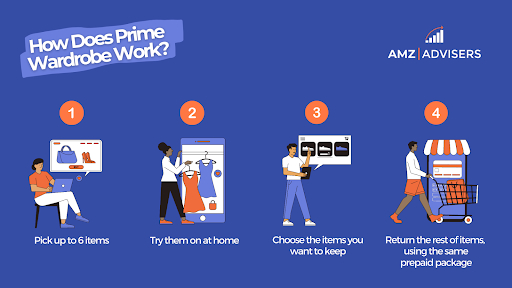
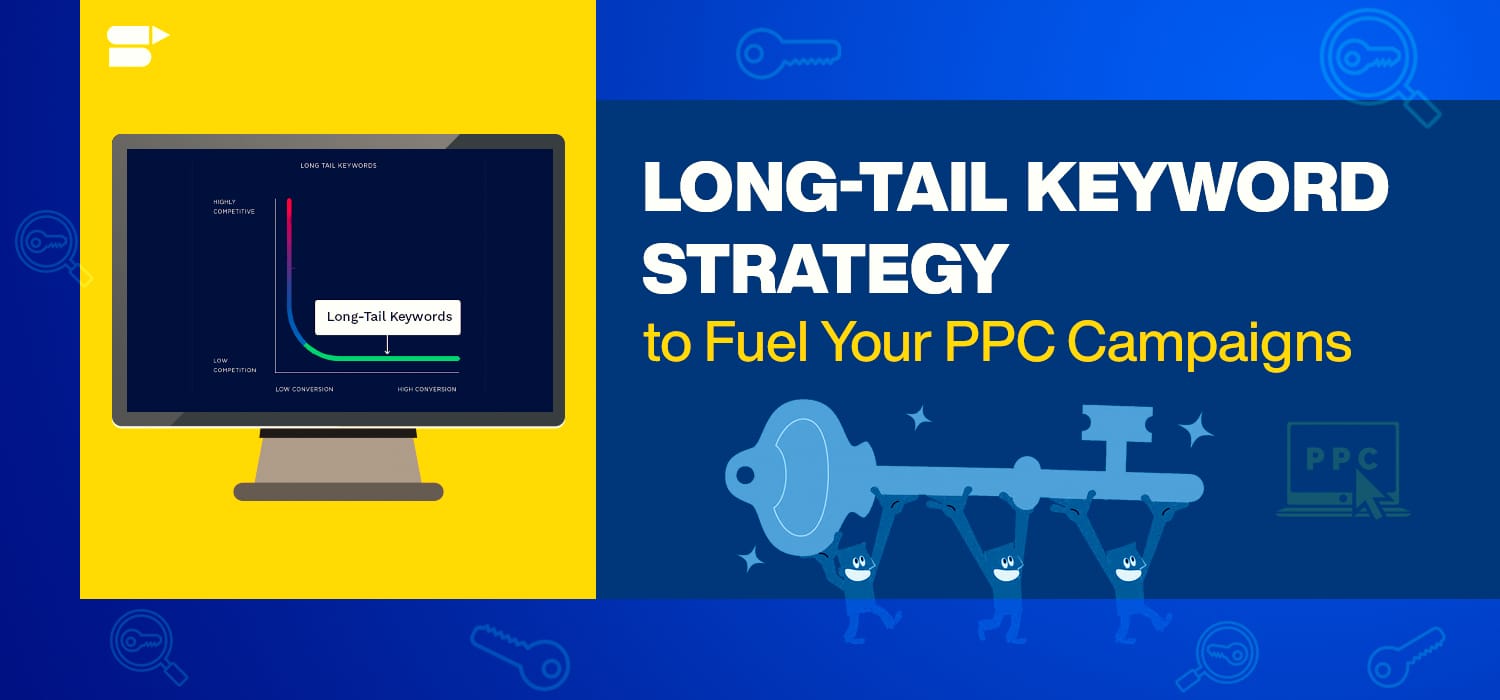
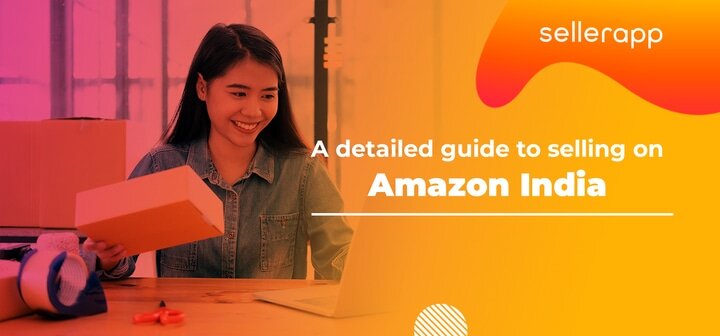

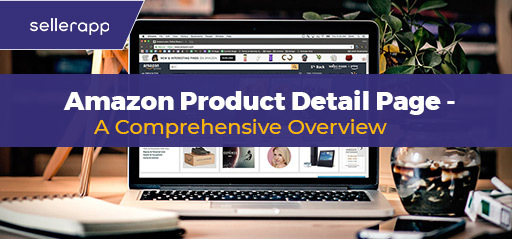
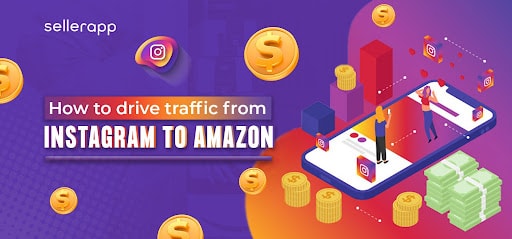
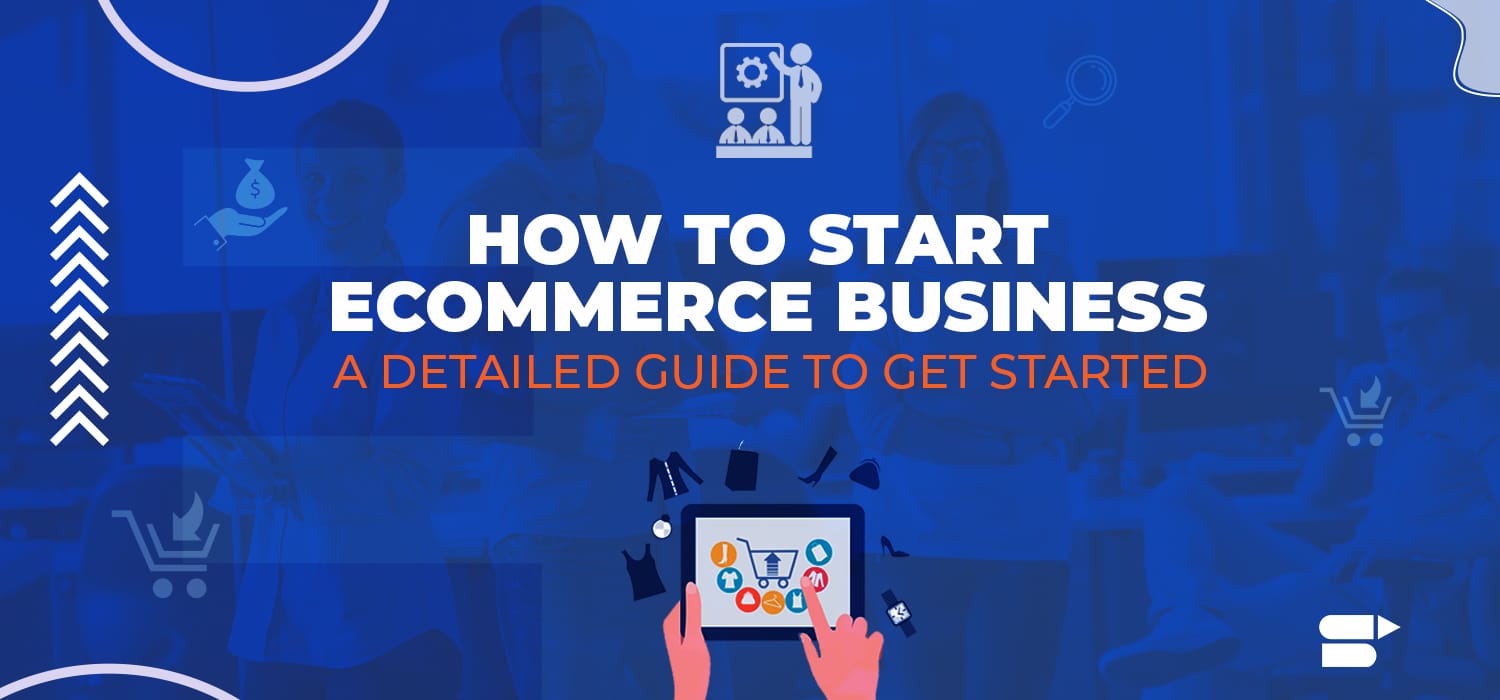
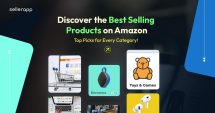
Everything about Towels
July 4, 2021Very Informative article. Thanks again
Arishekar N
August 12, 2022Glad you liked it.
Sean
August 8, 2022Pretty! This has been an extremely wonderful article. Many thanks for providing this information.
Arishekar N
August 12, 2022Thank you.
Harold
August 8, 2022Wonderful information.
Arishekar N
August 12, 2022Thank you.
Stewart
December 25, 2022I just started private labeling on Amazon a few months ago and this guide is very helpful. I like the way you explain how to sell the products using different channels, thank you
Arishekar N
January 17, 2023We are glad to know. Thank you
Joel Nienaber
January 4, 2023Great guide! I’ve been thinking about starting a private label business on Amazon and this post covered all the important points. Thanks for sharing this valuable information.
Arishekar N
January 17, 2023Thank you for sharing your thoughts. Your comments always add to the conversation.